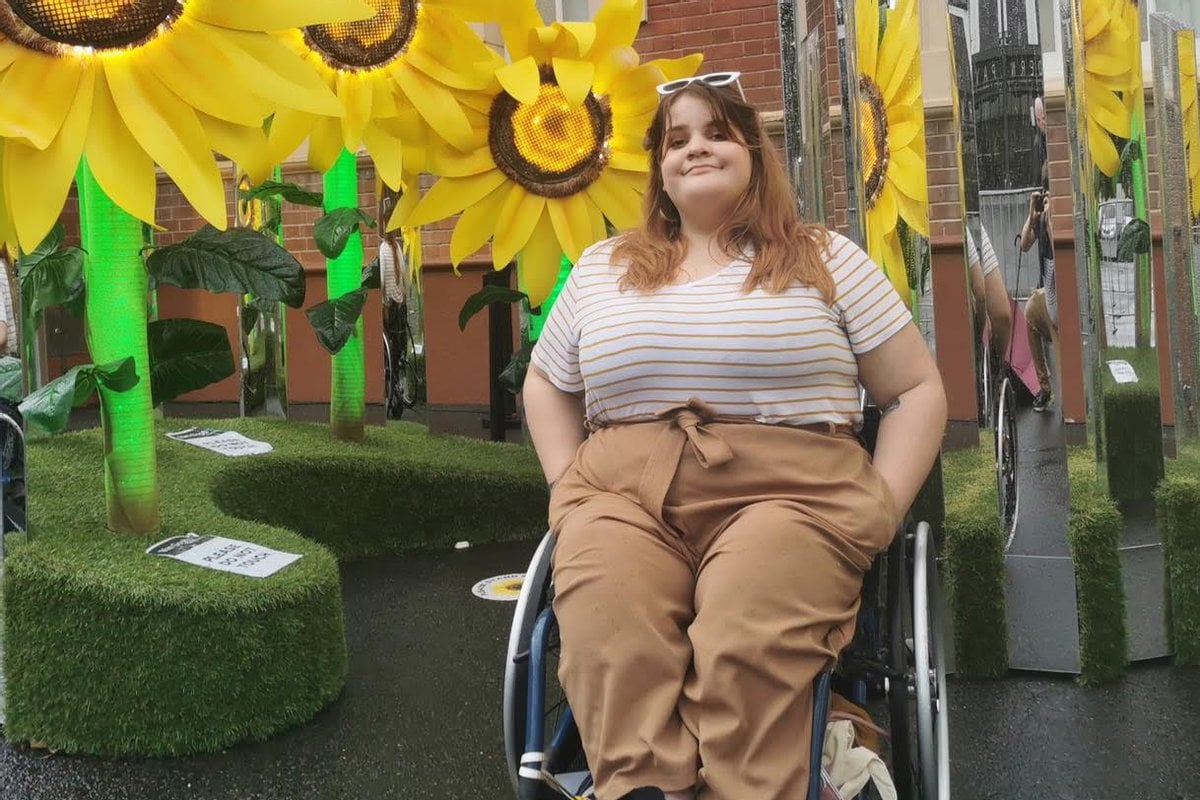
I'm 23 years old and live in the Blue mountains. I was born and live with Spina bifida (a birth defect in which a developing baby’s spinal column doesn’t fully form, which then impacts spinal cord function ), and hydrocephalus (a buildup of excess cerebral spinal fluid in the brain’s ventricles which can place pressure on the brain).
Like many disabilities, Spina bifida means different things for different people, with varying levels of severity. I have the most severe type, Myelomeningocele, where my spinal cord escaped through the gap in my vertebrae in-utero and was exposed at birth, damaging and disorganising the nerves of my spinal cord.
I use a manual wheelchair for mobility, wear ankle-foot orthotics to stand and use Canadian crutches to walk short distances. Some less noticeable aspects of my disabilities include: chronic headaches, poor circulation and weak leg muscles.
As a person with a disability living in Australia, the past fortnight I have felt represented. It is one of the only times I’ve seen people with disabilities represented in a way that doesn’t focus solely on their impairments or mobility aids. I’ve been glued to the TV and never felt so excited about watching sport.
On Monday night, we saw the conclusion of the 2020 Paralympics. Australia had an incredible campaign; 179 athletes went to Tokyo and came home with a total of 80 medals.
This is an amazing result and Prime Minister Scott Morrison recently announced all medallists will receive the cash bonus equal to that of which Australian Olympians receive. This is a huge step towards equality.


Top Comments